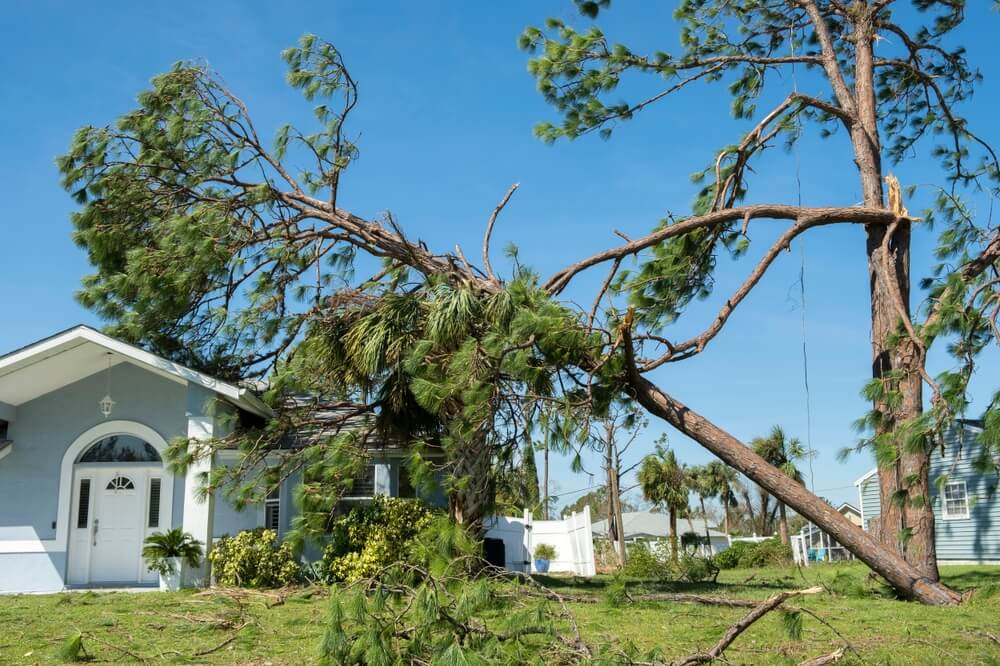
After a strong storm rolls through, your roof might have taken a hit without you even realizing it. Wind, hail, and heavy rain can cause damage that, if left unchecked, may lead to expensive repairs. The good news? You don’t always need a ladder to assess the condition of your roof. Knowing how to inspect your roof for storm damage from the ground can help you identify potential issues while staying safe.
Why a Ground-Level Inspection Is Important
Climbing onto your roof can be dangerous, especially after severe weather. A ground-level inspection allows you to look for visible signs of damage without putting yourself at risk. Spotting problems early can help you take action before small issues turn into costly repairs. Plus, if you need to file an insurance claim, having a basic understanding of the damage will help during the process.
What to Look for When Checking Your Roof After a Storm
Shingle Damage
Storms can loosen, crack, or completely remove shingles. From the ground, look for missing, curled, or darkened shingles where granules have worn away. If you notice any of these signs, your roof may need repairs to prevent leaks and further deterioration.
Debris on the Roof or in Gutters
Heavy winds can carry tree branches, leaves, and other debris onto your roof. Large branches can puncture the roofing material, while excess granules in the gutters indicate wear and tear on asphalt shingles.
Structural and Water Damage
A storm can weaken the structural integrity of your roof. Look for sagging areas, uneven spots, or water stains on siding and near the roofline. Discoloration could be a sign of leaks that need immediate attention.
Chimney and Flashing Damage
Flashing seals gaps around chimneys, vents, and skylights. If it is rusted, missing, or separated from the roof, water can seep in. Additionally, check for loose bricks or damaged mortar on the chimney.
Soffit, Fascia, and Vent Issues
These parts of your roof help with ventilation and drainage. Cracks, holes, or broken vent covers can allow moisture to build up and lead to larger issues over time.
When to Call a Professional
While a ground-level inspection can help you spot obvious damage, some issues require a closer look. If you notice significant problems, contact a professional roofing contractor to assess the damage and recommend necessary repairs. They have the tools and expertise to identify hidden problems that might not be visible from the ground.
Preventative Measures to Protect Your Roof
While you can’t control the weather, you can take steps to protect your roof before the next storm hits:
Trim tree branches to prevent debris damage Keep gutters clean for proper drainage Schedule regular roof inspections Repair small issues before they escalate
Final Thoughts

